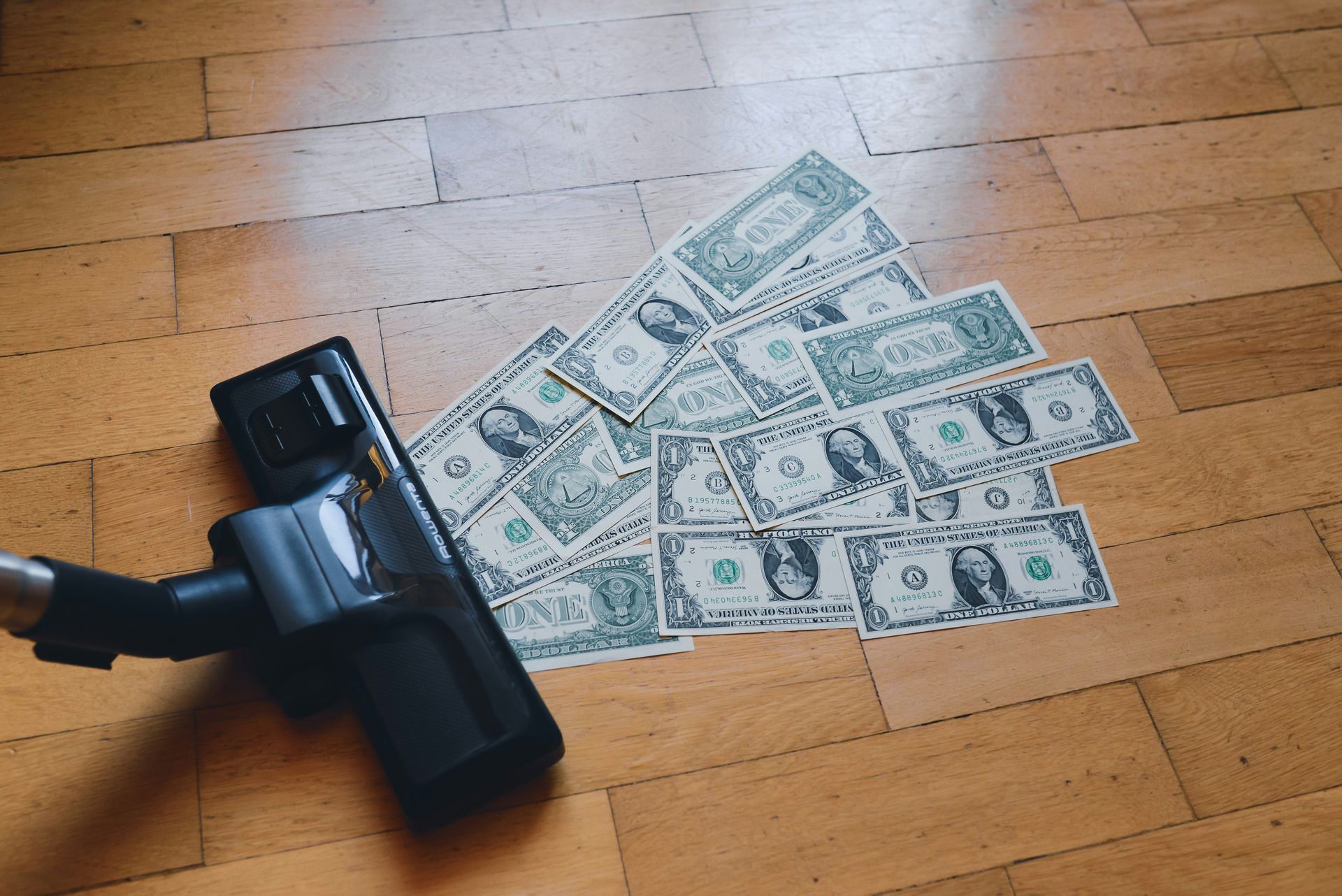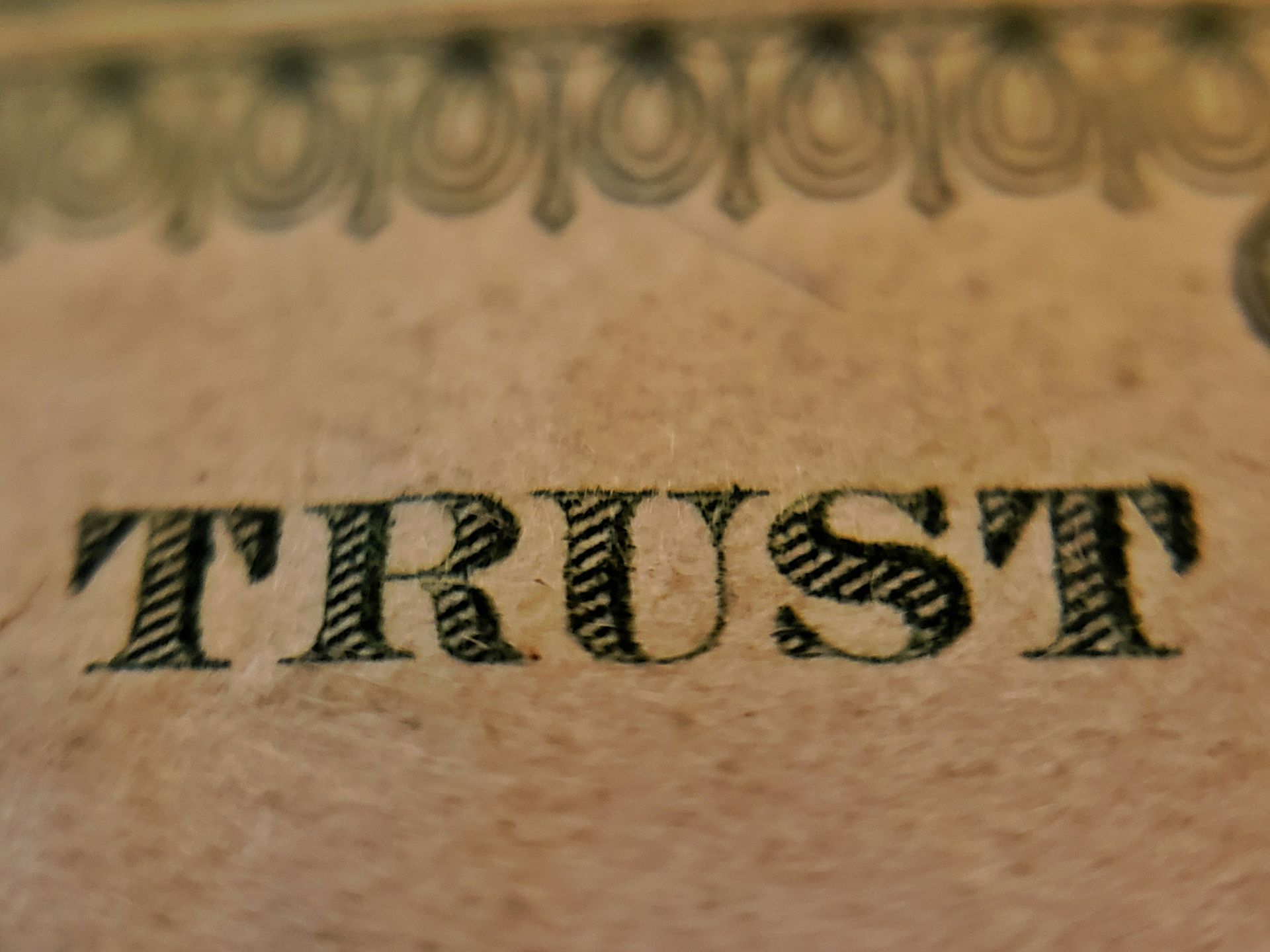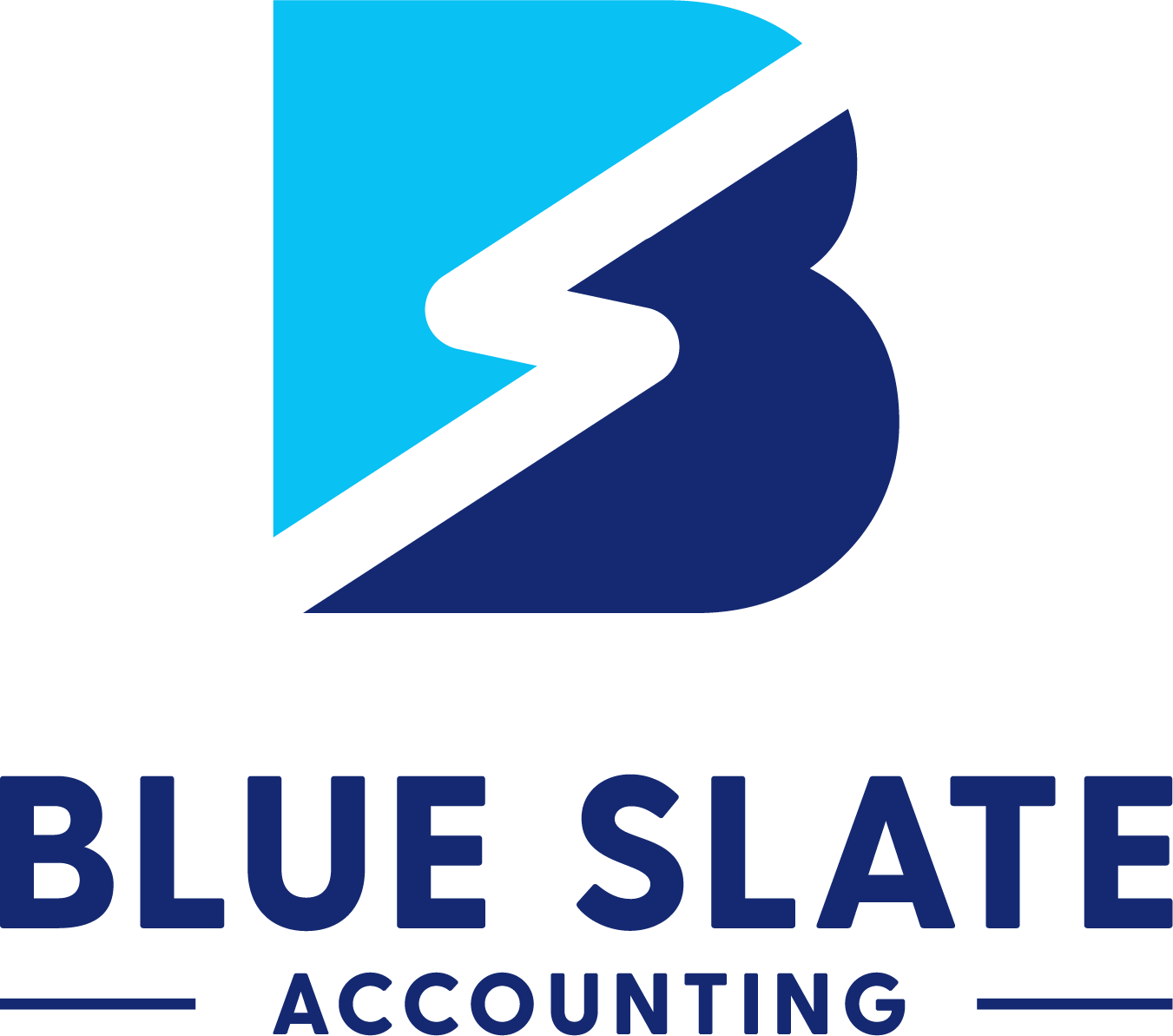Cash Countdown
Is your cash drawer bleeding money? At the end of a day or a shift change, does your cash drawer balance? Petty cash and cash drawers that are intermingled often lead to a loss of cash for your business.
It’s easy to pull a $20 here or there to run and pick up a few office supplies, or some produce, but often those little incidental trips without receipts can leave you short on cash. This practice will translate into an owner’s draw or shareholder loan used for personal use resulting in income versus a deductible expense.
<h4> POS SYSTEM: </h4>
A good POS system will help keep your cash drawer in check, but like your bookkeeping files, the key to success is setting up the system properly. It’s important to train staff on proper procedures in order to accurately reconcile the cash drawer at the end of the shift. A good POS system will tell you what your credit card receipts should be and how much cash should be in the drawer. Many of our restaurant clients use “Aloha” and it serves their needs well. We’ve also had clients that weren’t happy with the “Vivonet” system.
<h4> COUNT CASH: </h4>
Counting down a cash drawer begins with a preset amount of cash at the beginning of the day, or shift. A typical start up amount can range between $100 and $150. Be sure to have extra amounts of change on hand particularly going into busy days. For restaurants and retail in particular, this can be Friday nights and weekends.
Print off your earnings statement from the POS system before the close of the day or shift. Subtract the preset amount of cash you started with and the difference should be the cash in your drawer.
<h4> RECONCILIATION FORM: </h4>
A reconciliation form can be used to record the cash. Start with the highest denominations first and work your way down to lower denominations and change. Close out the day’s credit card transactions and record that total as well. The difference between the credit card totals and the amount of the day’s earnings should be the cash that is in your drawer.
If you have a separate Petty Cash Box – no cash should leave that box without a returning receipt. But the countdown process is the same. Start with a set amount of cash and have a set time each week or month that you balance the cash box out.
It’s easy to get busy and not reconcile regularly, but not balancing your cash as shifts change or at the end of the day can open the door to employee theft and/or carelessness with receipts that will count as income at tax time.










Take the first step towards outsourced accounting & tax help!
Contact
(724) 359-5022info@blueslateaccounting.com
Address
642 W. New Castle StZelienople, PA 16063 United States
Privacy Policy | Web Design by Vendilli Digital Group
